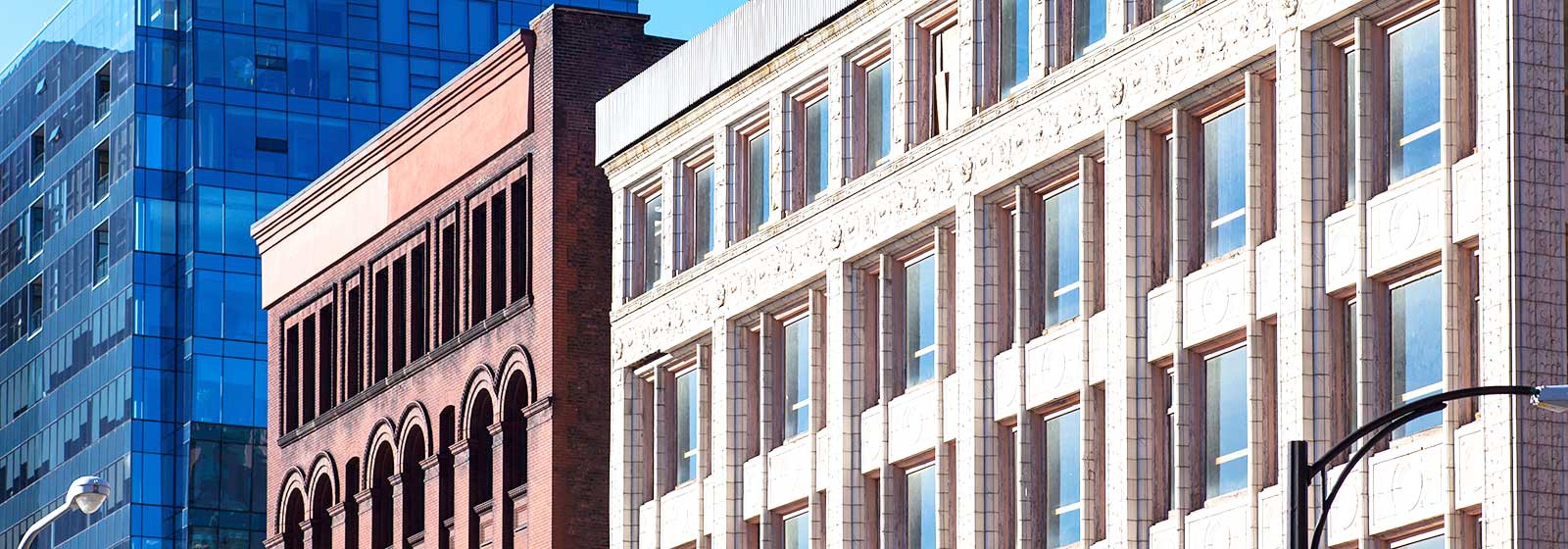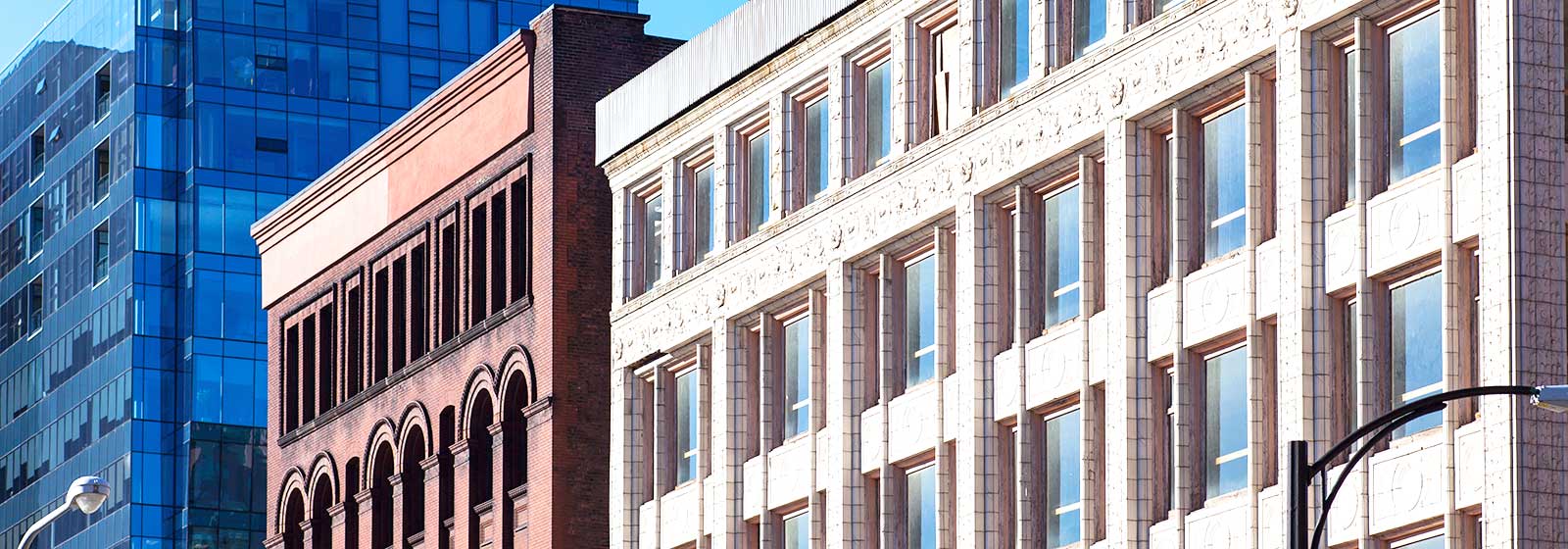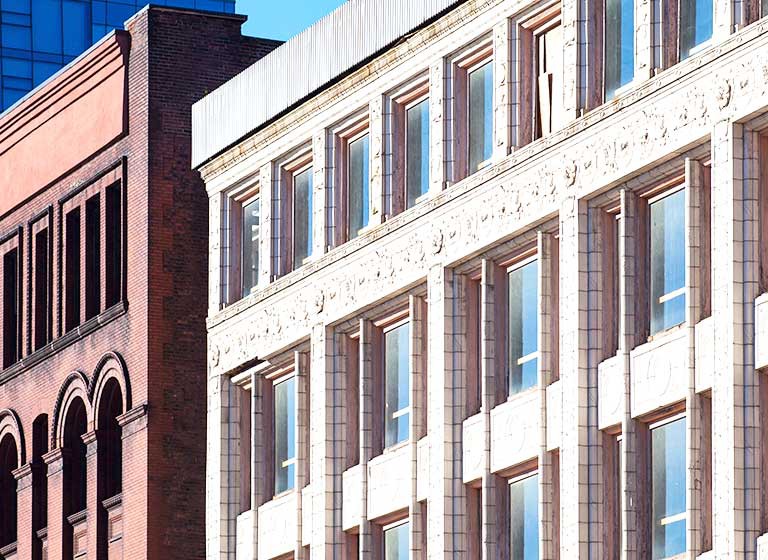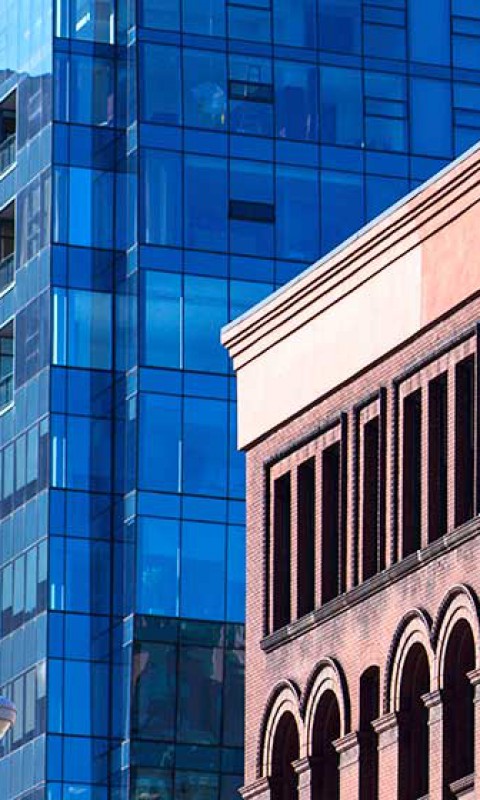Real Estate
Energy Efficiencies Studies
179D Commercial Building Energy Efficiency Tax Services
The Energy Policy Act of 2005 (Public Law 109-58) created a tax deduction for constructing energy efficient buildings. The expiration of this tax deduction was extended to December 31, 2014 by the Tax Increase Prevention Act of 2014. The full tax deduction is available to owners of both new and existing commercial buildings in which the installation of interior lighting system, HVAC system, and building envelope systems reduce the total annual building power and energy costs by 50% or more, compared to ASHRAE 90.1-2001 minimum requirements.
Federal Section 179D
- Encourages private building owners to invest in energy efficient buildings and systems.
- Encourages energy efficient design of government owned facilities by allowing for the allocation of the deduction to the designer.
- Provides tax deductions (not tax credits) for:
- New construction
- Remodels, upgrades, and expansions of existing buildings
- Tenant owned leasehold improvements
- Eligible projects “placed in service” during 2006 through 2014
Three Levels of Qualifications
Level 1
To qualify for $0.30 – $0.60 deduction, an energy improvement must be made in one of the three areas and improve the energy use by 25% – 40% or more.
Level 2
To qualify for $1.20 deduction, an energy improvement must be made in two of the three areas and improve the energy use by an aggregate of 33 1/3% or more.
Level 3
To qualify for $1.80 deduction, an energy improvement must be made in all three areas and improve the energy use by an aggregate of 50% or more.
3115 Change in Accounting Method Approved
On January 10, 2011 the IRS released Rev Proc 2011-14 which allows the 179D deduction to be taken via IRS Form 3115 Change in Accounting Method in current tax year even for past year projects, rather than amending previous year’s tax returns.
Who qualifies – Taxpayers who have built/remodeled energy efficient buildings.
What tax years are applicable – The IRS Form 3115 Change in Accounting Method can be used for the 179D tax deduction in previous tax years, from 2006 forward through 2014.
EPAct 45L Credit – Residential Energy Efficiency Tax Services
Overview
More and more residential builders today are becoming aware of the IRS’s 45L tax credit of $2,000 per unit for energy efficient new construction. But too many of them are discouraged by complicated paperwork and the prospect of dealing with the federal government to get their money.
Who Can Complete the Study
Qualifying to be a 45L certifier is a rigorous process. To begin with, you have to be an independent operator with no connections to the contractors you’re reviewing. You also have to be authorized to use specific, approved energy performance measurement methods to ensure that your analysis is accurate and reliable.
Eligibility
A contractor, developer or owner who constructs a qualified new energy efficient home is eligible for the credit. For qualified new energy efficient homes (other than manufactured homes), the amount of the credit is $2,000.
Requirements
For dwelling units to qualify, they must provide a level of heating and cooling energy consumption that’s at least 50% below that of comparable unit built in accordance with earlier standards. The building envelope must also be highly efficient, with heating and cooling energy consumption that’s at least 10% below those of a comparable unit. A dwelling unit may qualify for the credit if:
- It is located in the United States;
- Construction is substantially completed after August 8th, 2005;
- It meets the energy saving requirements of 45L (C)(1);
- It is acquired from the eligible contractor after December 31st, 2005 for use as a residence.
Which Type of Buildings Qualify for the 45L Federal Tax Credit?
- Single family residences
- Apartments
- Condominium complexes
- Assisted living and senior living facilities
- Campus housing



